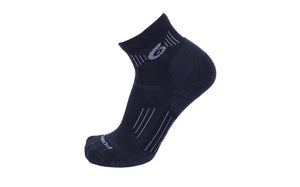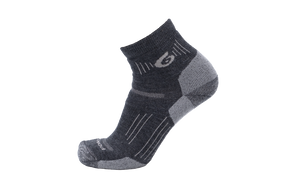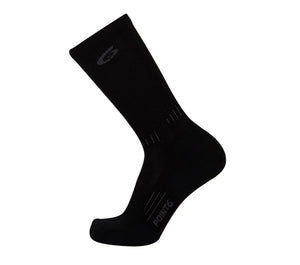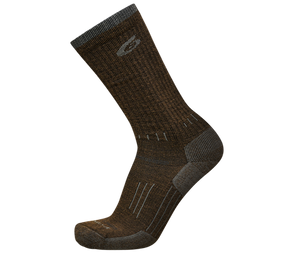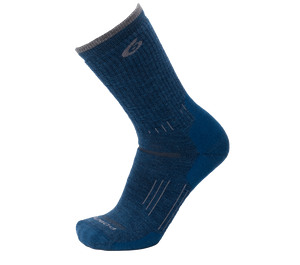Written by Mike Branscum
Farm to Feet
Six to one: the ratio of sheep to people in New Zealand. Even if you haven’t been to this island country deep in the south pacific, you likely associate the place with sheep. If that’s not the case, you will now.

We weren’t after just any sheep. In fact, we weren’t after any sheep. It wasn’t until we gained true appreciation for what a certain breed had provided us that we sought out these creatures and the people who raised them.
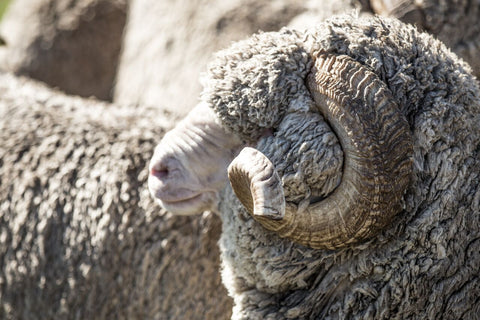
What exactly is merino?
Merino wasn’t a new concept for us, but I don’t think any of us had really given it much thought. As active outdoorsmen/women, the benefits of merino wool had been all but beaten into our head over the past few years. We got it, or so we thought…
On any hike, let alone a 6-month journey through a notoriously hot and cold, dry and wet, flat and rugged country such as New Zealand, your socks are make-it-or-break-it. You can deck yourself out with the world’s best gear, but skimp on the socks, and you’re in for a world of misery. We were lucky. We had approached Point 6 to see if they were interested in supporting our wild idea to walk the length of New Zealand on the Te Araroa (TA) Trail, and they agreed. It made sense to us as, through just a bit of research, we learned that their socks were made from the highest quality merino wool which was being grown and processed right there in New Zealand!
Just a few weeks, or maybe even days, into the trail, our socks became our most beloved piece of gear. We each traveled with just two pair: a walking pair and a luxury pair. We could have gotten away with just one pair, but the feeling of slipping on a fresh pair of socks each night did wonders for our morale. These socks kept our feet warm, dry and gross-free. We were in love, so much so that we even talked about our socks to strangers on the trail. Were the socks that good, or were we going a bit trail crazy? I’d say both.
We knew we had to learn more. What exactly is merino? What do these sheep looks like, why are they special, and who’s raising these things? I think most of us expected a large, industrialized growing operation so we were delighted to find out otherwise.

Home Grown
The main supplier of merino for Point 6, Glenbrook Station, invited us to visit their farm to learn a bit about merino. My expectations were immediately blown out of the water. Upon arrival, it was clear that we were visiting a family at their home. Not a giant, industrialized growing operation. It was a beautiful home, with a beautiful family. They were multi-generational merino farmers. But where were the sheep?
Turns out these sheep roam freely in the mountains behind the farm. That’s where they thrive, and what encourages their bodies to grow this incredible wool. They’re herded for mating and shearing, but otherwise live the wild life. They cause no damage to the land, and in fact are part of the natural ecosystem. Their wool is harvested year over year with no harm done to a single animal. It's in such high demand that it puts food on the table and money in savings for hundreds of families across New Zealand.
How could such a low-impact, sustainable practice yield such incredible material? It’s a testament to nature’s ability to adapt and survive, and the ingenuity of humans to share in these benefits.
All of that marketing about merino that seems lofty and inescapable? It falls short. This stuff is amazing, and the culture it supports is authentic.
These socks carried me 1,800 miles. I'm no longer on the trail, but I still wear my Point 6 socks every, single, day.
Footnote: We had to include some photos of the next generation of merino farmers. Our crew couldn’t get enough of them!




All photos by The Comfort Theory.
Comfort Theory’s New Zealand project will be told on a digital series with OutsideTelevision.com. For more info on the premiere head over to comforttheory.com or follow @thecomforttheory




